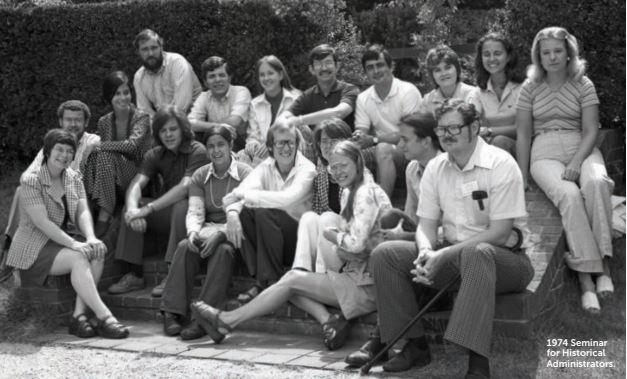I’ve had the great privilege of working with some fantastic paid and unpaid staff members in my career. Before coming to Monticello, I worked with an all-volunteer docent corps in the Curator’s Office of the Supreme Court. My former supervisor there, Patricia Brooks, developed the docent program from scratch. (She’s now the Manager of African American Initiatives at Colonial Williamsburg.) She wrote to me with these pointers on crafting an effective volunteer program.
- Establish clear policies, expectations and job descriptions. They may not be regular, paid employees, but just like paid employees volunteers need to have clear instruction and a sense that they are achieving something. They volunteer because they want to DO something, so if you can’t give them worthwhile work, they will be dissatisfied with the experience. Make sure you know exactly what you want them to achieve and how before you even start recruiting.

- Just because someone is willing to volunteer does not mean they are equipped to volunteer or are a good match to your needs – don’t feel like you have to accept everyone into your program just because they are willing and free.
- If you place volunteers in positions where they report to other staff members in your organization be sure to keep in close communication with supervisors as well as the volunteers. Make sure the staff member understands the expectations of supervising volunteers’ work and that they are making appropriate assignments with clearly communicated expectations.
- Don’t underestimate the importance of continuing education for volunteers. They want to learn, that is one of the reasons they volunteer. They are interested in your organization, another reason they volunteer. Arrange meetings for them with your curators, special sneak previews of your new programs or exhibitions, field trips to other related sites, etc. Continuing education is also an important part of their continued training towards successfully fulfilling the expectations of their role as a volunteer. Don’t let their skills get stale or allow them to stay in a comfort zone that is not keeping up with organizational directional changes.
- Find multiple ways to show your appreciation for their contributions. Hold an annual event to thank them all publicly, remember their birthdays, find random times to say thank you in creative ways, like placing a thank you note in your museums employee newsletter and asking other employees to be sure to thank the volunteers when they see them, asking others from your organization to submit notes or comments about why they appreciate the volunteers and compile them into a letter sent to volunteers, a PowerPoint presentation with images of volunteers at work that you show in a public venue or turn it into a newspaper article and get it published in your local paper. Just thank them early and often!!!




